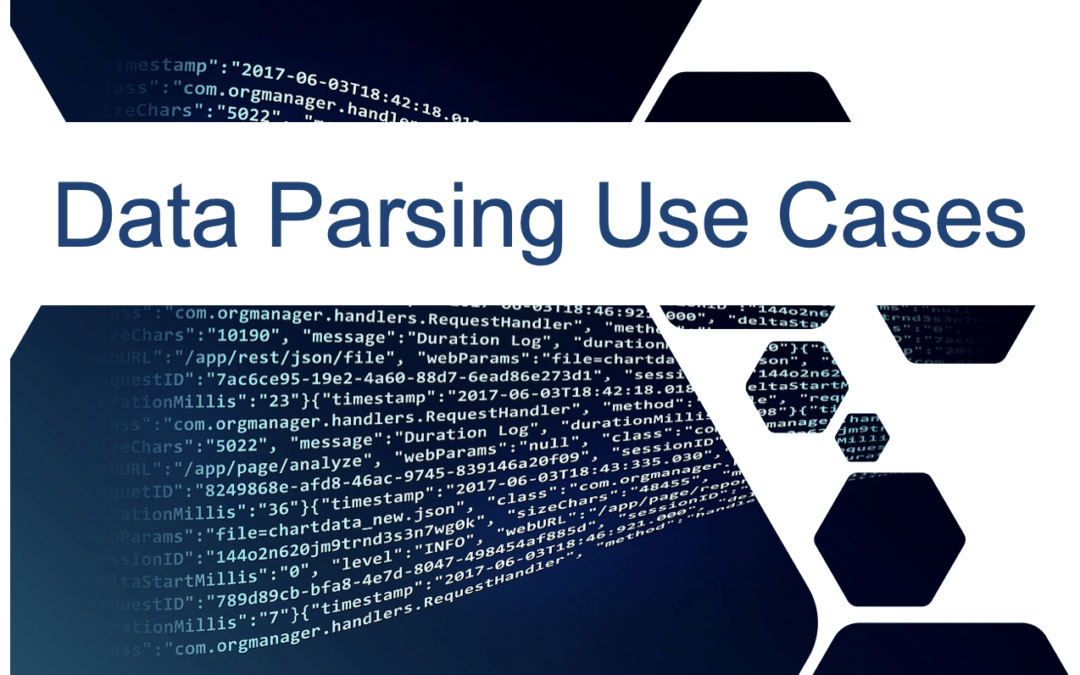Designing Use-Case Driven Data Parsing Priorities
Heard about data parsing?
Many of you have probably heard about the concept of data parsing, especially in the context of clinical data exchange and the use of CCDs/CCDAs. However, in light of recent detailed integration conversations, we’ve discovered that not all organizations understand how much value they can get from use-case-driven parsing abilities. As a result, we would like to share some considerations for your strategic and tactical interoperability planning as it relates to data parsing.
First, what is parsing?
Parsing refers to the actions taken to break data down into many discrete, individual usable elements from a larger format/message such as a CCDA.
Second, what problems can be solved with parsing?
For those of you who are familiar with our team at Zen, you know how passionate we are about creating use-case-driven integration solutions. That’s what we do! So, here are three very popular parsing use-cases we are seeing repeatedly across the integration spectrum.
Three data parsing use cases.
Use Case #1 – Integrating external CCDA data into an EHR. This is the most common example of “parsing” today as it provides a very important function: integrating data from outside the practice (typically from an HIE) into the medical record for a particular patient, resulting in a more seamless workflow for a provider. When this type of parsing doesn’t work correctly, the negative impact on a provider’s workflow results in lower adoption rates for accessing the information available via an external HIE.
Use Case #2 – Integrating data into a data warehouse/analytics platform. Data parsing is also utilized when extracting data from CCDAs into data warehouses and analytics platforms for population reporting and calculating quality metrics. Since CCDAs are so common, they are a natural source for clinical data to support analytics and reporting, particularly when aggregating data from multiple providers. However, many analytics platforms don’t natively consume CCDAs and data quality issues can result in a “garbage in – garbage out” type scenario.
Use Case #3 – Parsing CCDAs to a FHIR Database or Service. This approach can help bridge older style data exchange methods with newer API-based exchange, which provides more focused data exchange versus the firehose of information contained within a CCDA that can be difficult to read through and digest. But be aware – mapping CCDA to FHIR is not a trivial pursuit.
Concluding thoughts on how Zen solves parsing problems:
From the beginning, our integration team has been focused on the coding and engineering of interoperability. Because of that, we use technology and coding to design, build, and deploy integration solutions. We’ve applied this same approach to how we solve problems and use-cases that require parsing.
Currently, we help organizations tackle these specific types of parsing projects:
- Zen helps HIEs address data inconsistency and coding issues within CCDAs that prevent proper ingestion in an EHR or CDR.
- Zen works with analytics vendors to transform CCDAs into formats that are more readily consumable by data analytics vendors.
- Zen’s Gravity FHIR database parses and transforms data from CCDAs into FHIR resources to create an API-accessible clinical repository.
Do you need parsing help?
Sometimes, just having another engineering resource to speak with will save time and help accelerate your efforts.We have the team on standby to speak with you about how parsing might be valuable to your organization. If you’d like to schedule a time to speak with us, just select Free Engineering Q&A here from our contact us page.







